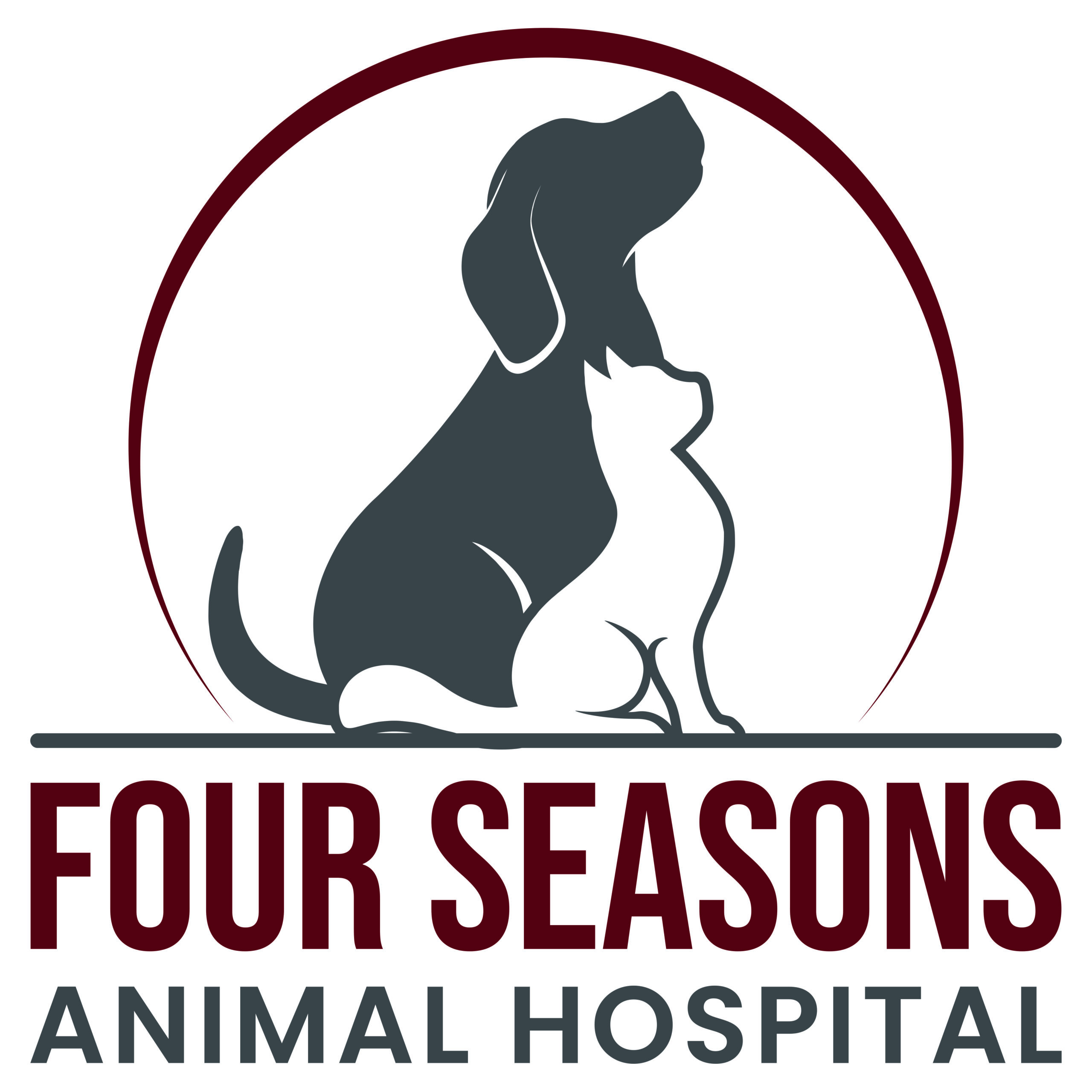Library
-
Genetic (DNA) testing is readily available, whether you are using it for fun to find out what breeds your pet is made up of or if you are looking into possible medical conditions. DNA samples can be collected either from a cheek swab or a blood draw. Knowing which breeds your pet is made up of can help you and your veterinarian prevent or prepare for health issues in the future.
-
There are multiple methods of inheritance that determine which characteristics (or phenotypes) are displayed by the offspring, including autosomal dominant, autosomal recessive, and sex-linked inheritance. There are also many polygenic traits (i.e., associated with multiple genes) as well as environmental factors that make it much more complicated to predict disease or the likelihood of passing disease onto offspring.
-
Mutations are errors made during DNA replication. Mutations can be acquired as cells divide within the body or can be inherited if the parent's DNA contains a mutation. Genetic markers can be used to determine genetic heritage such as breed origins.
-
Deoxyribonucleic acid (DNA) is a long molecule that contains an animal’s entire genetic code. DNA is primarily located within the nucleus of each cell. In the nucleus, enzymes transcribe the DNA bases into a substance called RNA (ribonucleic acid), which serves as a messenger, taking the DNA message out into the cytoplasm of the cell where the RNA is translated into proteins. These proteins are responsible for a number of functions in the cell and throughout the body, primarily by acting as enzymes that regulate various cell reactions. DNA tests allow us to examine an animal’s DNA in order to see whether they carry certain genetic diseases. DNA testing can also be used to determine the ancestry of an animal.
-
Gentamicin + betamethasone ophthalmic is a steroid anti-inflammatory eye medication with antibiotic used for the treatment of external eye infections and inflammation of the eye in dogs. It is also sometimes used to manage pannus or pigmentary keratitis in dogs. It may be used off-label in cats and horses.
-
GMHa (brand name: Easotic) is a combination antibiotic, antifungal, and corticosteroid anti-inflammatory drug used to treat certain bacterial and yeast ear infections. GMHa is a suspension used once daily to treat ear infections. This article discusses dosage, potential side effects, risks, and monitoring.
-
Gentamicin ophthalmic is used in the eye to treat bacterial infections and end-stage glaucoma. Side effects may include increased redness or eye irritation. Do not use this medication if your pet is allergic to it or has a full thickness wound to the eye. If a negative reaction occurs, call your veterinary office.
-
Gentamicin topical formulations are used to treat bacterial infections. The ophthalmic formulation is used off label to treat external ear infections by topically applying the medication directly to the ear canal. Side effects may include increased redness or inflammation. If these effects occur, discontinue the medication and call your veterinarian. If you suspect an overdose or an adverse reaction to the medication, call your veterinary office immediately.
-
Giardia in Cats
La giardiasis es una infección intestinal del hombre y los animales provocada por un protozoo parásitario llamado Giardia intestinalis (conocido también como Giardia lamblia). La Giardia es una especie parásita simple de una sola célula; no es un "gusano", ni una bacteria ni un virus. Este parásito tiene una distribución mundial y es una causa común de la "diarrea del viajero" en las personas.
-
Giardiasis is an intestinal infection caused by a microscopic protozoan. The parasites attach themselves to the intestinal wall and the damage causes an acute, sudden onset of foul-smelling diarrhea. Diagnosis may be by routine fecal flotation or presumptively based on clinical signs. Fenbendazole and metronidazole are the drugs most commonly used to kill Giardia. Giardiasis is the most common intestinal parasitic infection of man and can potentially be passed from cats to humans.

